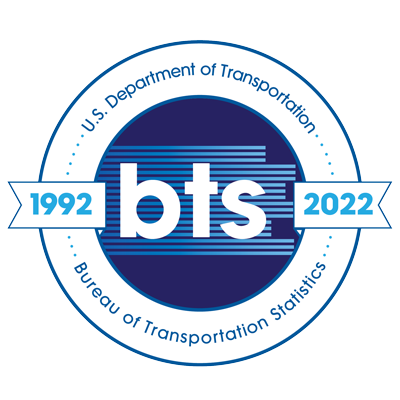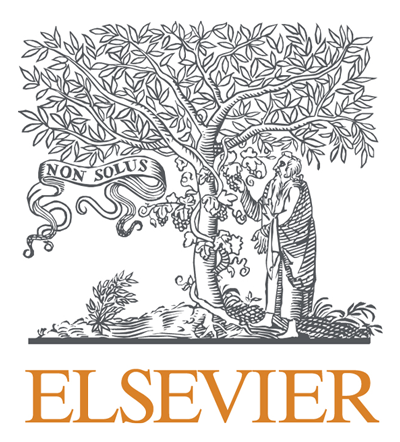Sustaining intercomparable hydroclimate mountain observations with distributed and open access networks in Peru and Nevada
Topics:
Keywords: mountains, hydroclimate, elevation dependent warming
Abstract Type: Paper Abstract
Authors:
Bryan G. Mark, Ohio State University
Robert Hellstrom, Bridgewater State University
Emily Mazan, Ohio State University
Emilio Mateo, Aspen Global Change Institute
,
,
,
,
,
,
Abstract
The Cordillera Blanca, Peru (10 degrees S) and the Snake Range of the Great Basin National Park, Nevada (40 degrees N) are separated by 50 degrees of latitude, and each contain comparable low-cost sensors that maintain observations of hydroclimatological variation. Our instrumentation in both sites comprises low-cost lascar sensors installed along the slopes. Four sensors range from 3955 m to 4560 m in the Cordillera Blanca and 29 from 1639 m to 3976 m in the Great Basin National Park, and the sensors collect hourly temperature, dewpoint, and relative humidity data. Intercomparing the temperature and moisture trends of these two mountainous regions fosters an understanding of latitudinal variability in elevation dependent warming within the American Cordillera. For example, daily minimum temperatures in Nevada increased by 2.1°C between 2006-2018. An upward trend in daily temperatures at higher elevations in Peru is observed with daily minimum temperatures increasing more than 1°C at 4560 m. In both regions, greater rates of warming were observed at higher elevations. In Peru, there were increasingly positive rates of change in dewpoint and relative humidity with height. Trends in the temperature lapse rates suggest over 150 m rise in the freezing level over the 14-year period, which will potentially accelerate glacier melt rates. Similarly, the increase in humidity was most apparent at higher elevations, especially above 4500 m. Stations at lower elevations exhibited more daily and seasonal variations in humidity trends than temperature trends. The most evident increasing humidity trends are associated with the wet season.
Sustaining intercomparable hydroclimate mountain observations with distributed and open access networks in Peru and Nevada
Category
Paper Abstract








